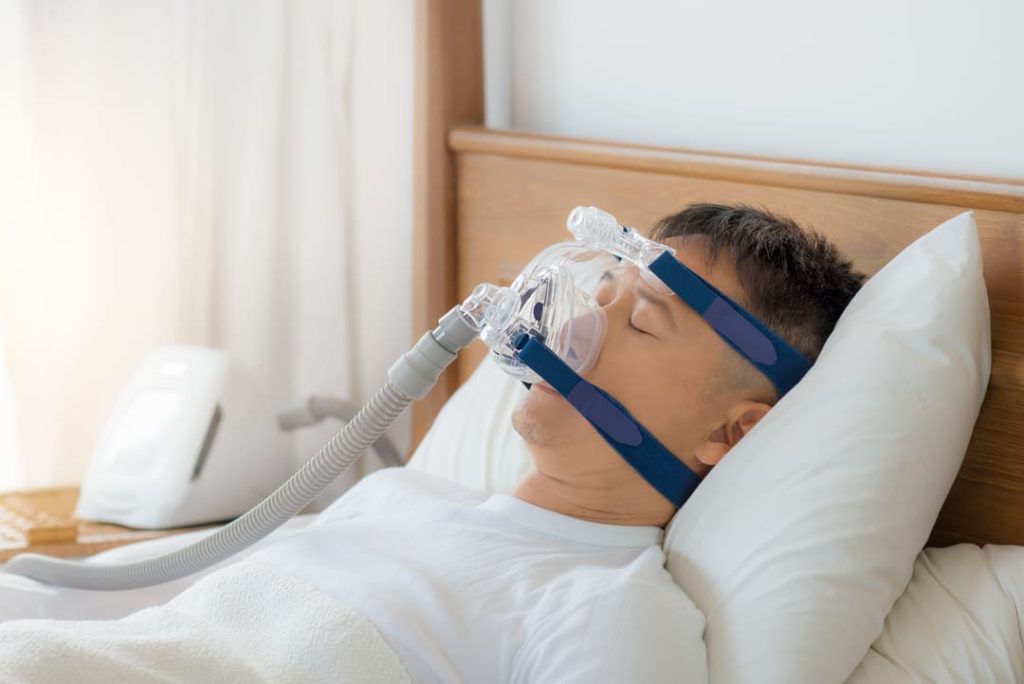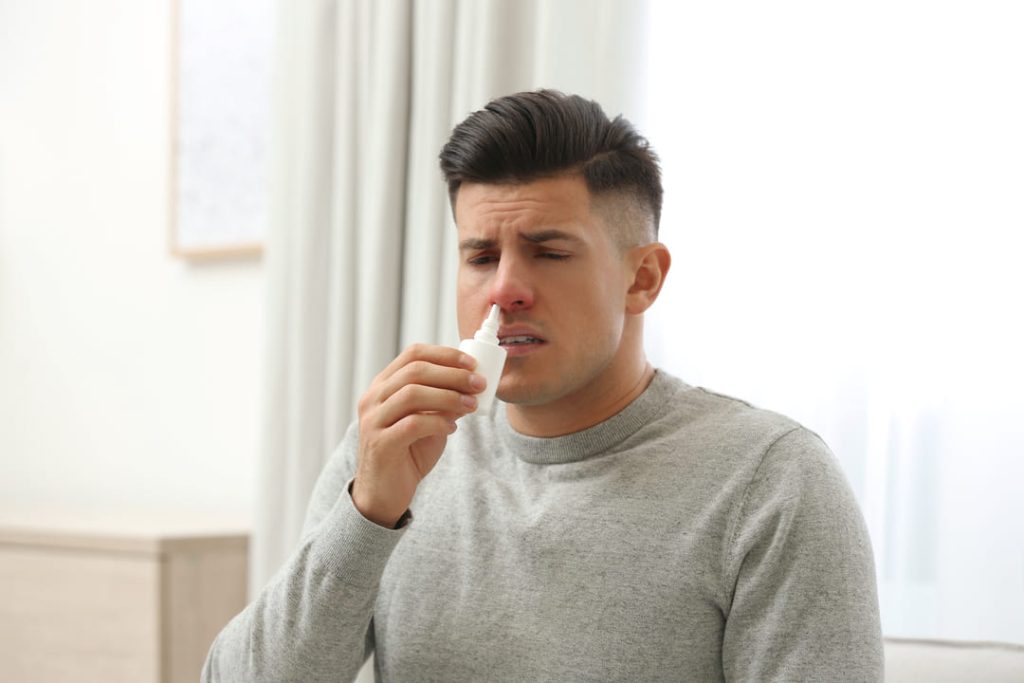Nexus Letter for Sleep Apnea Secondary to Sinusitis
By Telemedica
2/29/2024
Table of Contents
- Nexus Letter for Sleep Apnea Secondary to Sinusitis
- How Sleep Apnea and Sinusitis Are Connected
- How to Get Service-Connected for Sleep Apnea Secondary to Sinusitis
- VA Ratings for Sleep Apnea Secondary to Sinusitis
- Sleep Apnea Secondary to Sinusitis: Do I Need a DBQ?
- Is Sleep Apnea Secondary to Chronic Sinusitis and Rhinitis?
- How Telemedica Can Help With Your Nexus Letter
Is a nexus letter for sleep apnea secondary to sinusitis your missing link? If you’ve received a denied claim, you’ll want to understand the significant impact a nexus letter can make.
In this guide, we’ll cover how a nexus letter impacts your VA disability claim, the steps to get service connected for sleep apnea secondary to sinusitis, and what VA rating you deserve.
The VA claims process can be challenging, but we’re here to help guide you.

Nexus Letter for Sleep Apnea Secondary to Sinusitis
A nexus letter for sleep apnea secondary to sinusitis is vital evidence when applying for VA benefits.
Sinusitis can contribute to sleep apnea by causing sinus congestion and inflammation that blocks the nasal passages. But is your military service the culprit?
Many veterans are susceptible to sinusitis due to burn pit exposure and other hazards. Obtaining a nexus letter is highly recommended if you want a better chance of winning your claim.
A Nexus Letter establishes a connection between your service-connected sinusitis and the development or worsening of sleep apnea.
It outlines a healthcare provider’s medical reasoning and professional opinion, clearly stating that sleep apnea results from sinusitis and makes you eligible for benefits.
How Sleep Apnea and Sinusitis Are Connected

Sleep apnea and sinusitis can be connected in several ways, so it’s essential to understand what is causing your condition.
Here’s a look at common reasons why sleep apnea can be secondary to sinusitis:
- Nasal congestion – When nasal passages are blocked due to mucus buildup or inflammation, it can contribute to obstructive sleep apnea.
- Airway obstruction – Sinusitis can worsen the obstruction of your airways while sleeping, making it difficult for air to flow freely.
- Inflammation – Inflammation caused by sinusitis can affect the soft tissues of your throat and airway, increasing the chances of sleep apnea.
- Disrupted sleep – Sinusitis frequently leads to disrupted sleep, which can exacerbate sleep apnea symptoms and may contribute to the development or worsening of the condition long term.
Managing sinusitis and addressing nasal congestion can be important components of sleep apnea treatment, as improving nasal airflow may help reduce the severity of sleep apnea symptoms and improve overall sleep quality.

How to Get Service-Connected for Sleep Apnea Secondary to Sinusitis
In order to win a VA disability claim for sleep apnea secondary to sinusitis you must be able to prove service connection. Service connection requires:
- A current medical diagnosis (documented in a medical record) of the secondary VA disability you’re attempting to link (Sleep Apnea) to the current service-connected disability (Sinusitis) AND
- A current service-connected primary disability (Sinusitis) AND
- Medical nexus evidence establishing a connection between the service-connected primary condition (Sinusitis) AND the current disability you’re trying to connect secondary (Sleep Apnea)
You will likely be required to attend a sleep study to receive an accurate sleep apnea diagnosis. A sleep study is vital in finding evidence of irregular breathing, gasping, and other obvious signs of sleep apnea.
VA Ratings for Sleep Apnea Secondary to Sinusitis
The VA rates sleep apnea secondary to sinusitis at 0%, 30%, 50%, and 100%, depending on the severity, frequency, and duration of symptoms.
The highest VA rating for sleep apnea secondary to sinusitis is 100%, with most veterans receiving a 50% rating for obstructive sleep apnea.
The VA rating for sleep apnea is under 38 CFR § 4.97, Diagnostic Code 6847 Schedule of Ratings – Sleep Apnea Syndromes (Obstructive, Central, Mixed).
If you receive a 50% or greater VA rating for sleep apnea, you’ll require one of the following qualifying breathing assistance devices:
- Continuous positive airway pressure (CPAP) machine
- Automatic airway pressure device (APAP)
- Bilevel-positive airway pressure device (BiPAP, also known as NIPPV or NIV)
- Nasopharyngeal appliances (Nasal dilators; nasopharyngeal stents)
- Oral appliances (mandibular advancement devices (MAD); tongue-retaining mouthpieces)
- Implanted genioglossal nerve stimulation devices
Sleep Apnea Secondary to Sinusitis: Do I Need a DBQ?
No, you don’t need a DBQ for sleep apnea secondary to sinusitis; however, it can help strengthen your claim. Adding a DBQ to your claim can make it a fully developed claim, where all of the evidence needed to decide a claim is present, and the VA rater can choose to decide your claim without sending you to a C&P exam.
Is Sleep Apnea Secondary to Chronic Sinusitis and Rhinitis?
Yes, if you have a primary service-connected diagnosis of chronic sinusitis or rhinitis, you may be eligible for a secondary sleep apnea connection.
If your chronic sinusitis causes congestion and inflammation, blocking your nasal passages, you will likely develop or worsen a previously diagnosed case of sleep apnea.
How Telemedica Can Help With Your Nexus Letter
Understanding the need for a nexus letter for sleep apnea secondary to sinusitis may help secure a winning claim. The licensed, trusted professionals at Telemedica can help with your nexus letter, paving the way to the benefits you deserve.
You can contact us with any questions; we will gladly assist you.